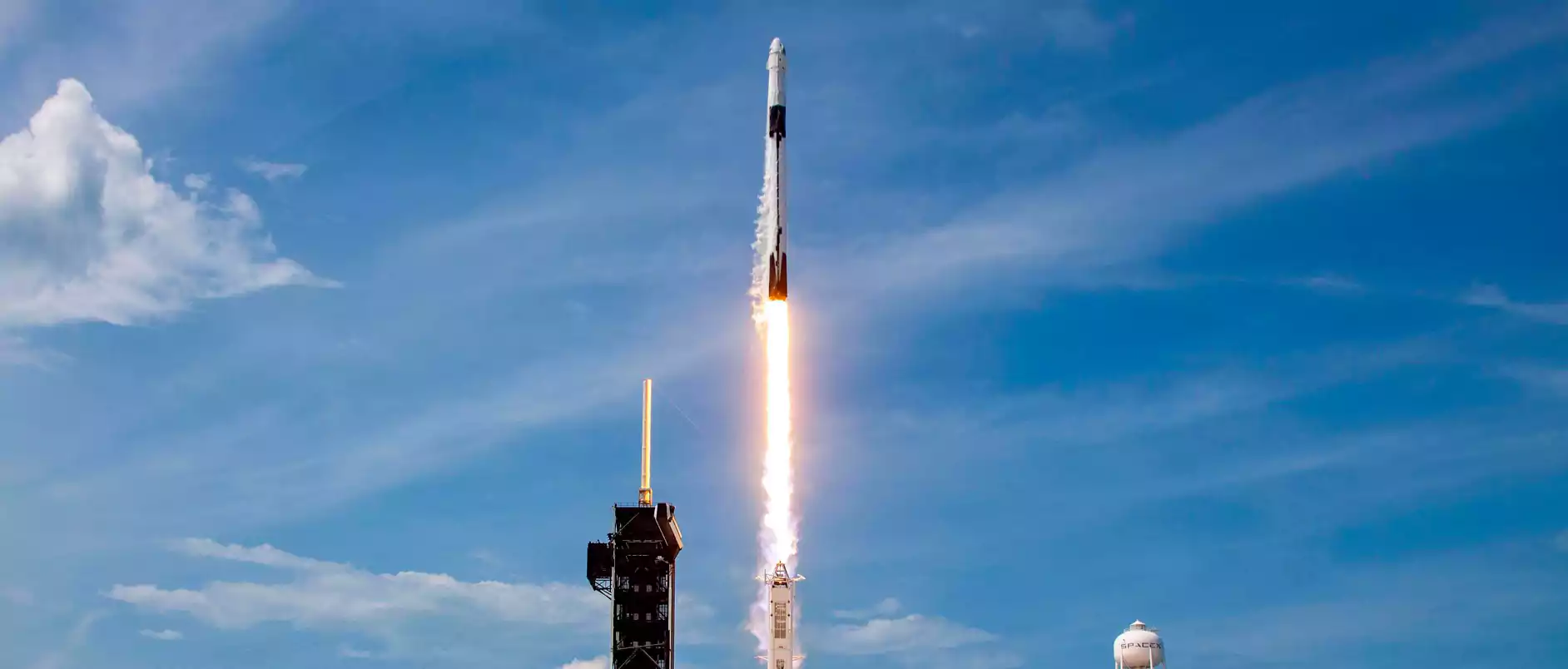
SpaceX was supposed to launch another bunch of Starlink internet satellites from Florida yesterday (May 8) on the company’s first leg of a planned two-space flight combo.
A Falcon 9 rocket crazy topped with 23 Starlink craft will lift off from NASA’s Kennedy Space Center in Florida weeks, in’ a nearly four-hour window that opens at 2:42 p.m. EDT (1842 GMT).
SpaceX is going to stream the launch live via its X account. Coverage will begin about five minutes before the window.
If all proceed like planned, about eight minutes after launch, Falcon 9’s first stage is expecting to return to Earth and making a controlled landing on the droneship A Deficiency of Gravity stationed in the huge expanse of the Atlantic Ocean.
This specific mission marks the third launch and landing for Falcon 9’s first stage, as outlined in SpaceX’s mission details. Impressively, the booster has previously finished a Starlink journey and played a crucial part in the Crew-8 astronaut launch.
Meanwhile, Falcon 9’s upper stage will proceed with its journey, carrying the payload of Starlink satellites toward their destination in low Earth orbit. Around 65 minutes after lift-off, these satellites will be deployed carefully, further expanding SpaceX’s bold Starlink group.
Falcon 9

Following the much-awaited touchdown success of the Falcon 9’s first stage on the droneship A Shortfall of Gravity, stationed in the enormous vastness of the Atlantic Ocean, this mission will tack on another fantastic accomplishment to its chronicle. It is significant to note that this will be the third launch and land for this specific first stage, a proof of SpaceX’s dedication to reusability in spaceflight.
With a preceding Starlink assignment and the Crew-8 astronaut takeoff already done, this booster has demonstrated its dependability and adaptability. Its favorable reuse highlights SpaceX’s endeavours to render space entrance more cost-effective and continual.
As the Falcon 9’s higher stage persists its upward journey, carrying the payload of Starlink satellites towards lesser Earth orbit, expectancy is escalating for the end of this mission. Roughly 65 minutes following liftoff, these satellites will be delicately released, contributing to the expansion of SpaceX’s pioneering Starlink cluster and propelling global connection endeavours.
SpaceX did launch 46 orbital missions in 2024, and 31 were about filling up the Starlink broadband mega constellation.
And there isn’t going to be just one. However, two Starlink launches are happening today if everything goes right: SpaceX’s fixin to launch 20 more Starlink satellites from Vandenberg Space Force Base in California this in, durin’ a nearly three-hour time frame opening at 10:48 p.m. EDT (0248 GMT on May 9).








